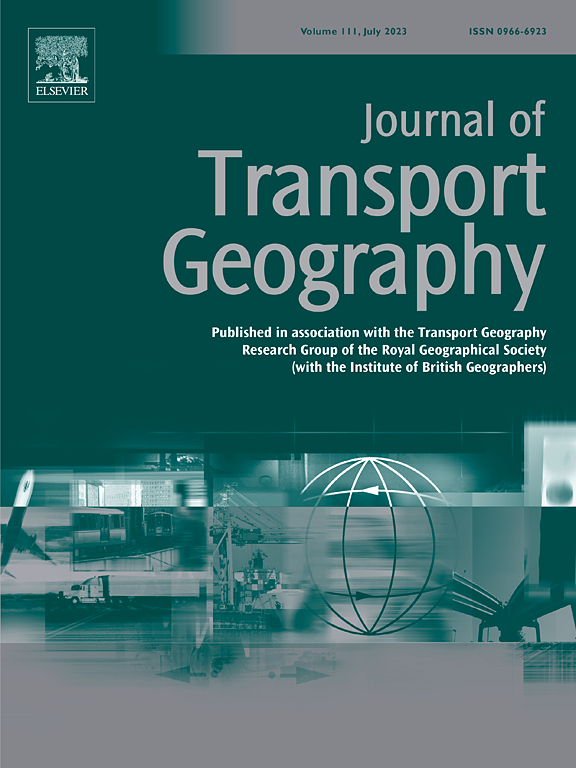Quantifying the influences of telecommuting on household total trips and VMT generation
IF 5.7
2区 工程技术
Q1 ECONOMICS
引用次数: 0
Abstract
Telecommuting has long been indicated as a possible travel demand strategy; however, previous studies highlight the complementary effects working from home can have on household trips and vehicle miles traveled (VMT) generation. This study aims to analyze this relationship further by controlling for both socioeconomics and the built environment in pre-COVID-19 cross-sectional data with precise locations of households from California. This study categorizes the frequency of telecommuting per month into three categories – occasional (1–5 days monthly), frequent (6–10 days monthly), and regular (more than 10 days monthly), plus categories for non-working and working, non-telecommuting groups. Spatial patterns, descriptive statistics, and basic statistical testing all indicate relationships linking levels of telecommuting frequency, household trips, and household VMT generation. However, regression analyses demonstrate that only household trips continue increasing at each level of telecommuting frequency, while only occasional and regular telecommuters were correlated with increased overall VMT production. Disaggregating travel by purpose shows that no significant relationships exist between home-based non-work travel and telecommuting, while non-home-based trips increased with all telecommuters and non-home based VMT increases with occasional and regular telecommuting. This study adds insight to previous literature by showing the relationships that telecommuting frequency, trip purpose, household characteristics, and the built environment have with travel behavior. The study demonstrates that telecommuting may not be a travel demand strategy in and of itself, but its complementary effect on household trips need not increase VMT generation if policymakers and planners create efficient, sustainable, and equitable transportation systems to filter extra household trips into environmentally sustainable travel modes.
求助全文
约1分钟内获得全文
求助全文
来源期刊

Journal of Transport Geography
Multiple-
CiteScore
11.50
自引率
11.50%
发文量
197
期刊介绍:
A major resurgence has occurred in transport geography in the wake of political and policy changes, huge transport infrastructure projects and responses to urban traffic congestion. The Journal of Transport Geography provides a central focus for developments in this rapidly expanding sub-discipline.
 求助内容:
求助内容: 应助结果提醒方式:
应助结果提醒方式:


